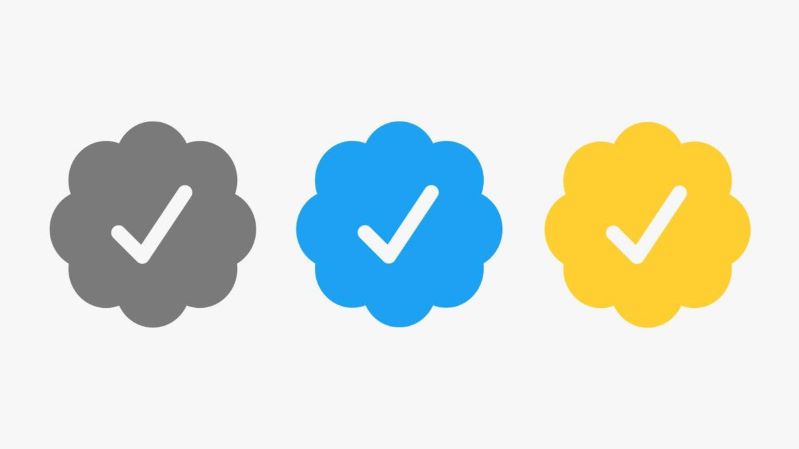Preventing The Twitter Blue Chaos with Feature Flags
Despite their best efforts, many individuals have been unsuccessful in their business pursuits. For Elon Musk, one of the world's richest men, the story is a little different. He succeeded in one of his earliest business ventures (Zip2) and has since replicated his success across PayPal, Tesla, and SpaceX.
While not everyone agrees with his decisions, he has set himself apart by being a visionary leader. He stubbornly holds on to his dreams until they are fulfilled. He is also known for hiring the most qualified hands to get things done. Musk doesn't hold back from trying out new ideas, and he swiftly implements changes he believes are best for his businesses.

It's no secret that Musk loves doing his thing. Having recorded success in auto-manufacturing, fintech, and space, Musk went for social media. He indicated an interest in buying one of the world's most powerful and popular social media platforms - Twitter. Musk unexpectedly pulled out of the deal, and in a twist of events, he went back for it, purchasing Twitter in a deal worth $44 billion.
In the days to follow, Elon Musk laid off thousands of Twitter's (now rebranded as "X") staff and set up a content moderation council tasked with reviewing account reinstatement. At the very top of Musk's priorities was Twitter Blue. Despite his successes with other businesses, Twitter Blue's rollout was nothing less than chaotic.
What is Twitter (X) Blue?
Being verified on X (formerly known as Twitter) comes with the privilege of having a blue tick beside your name. Prior to Musk's Twitter acquisition, notable individuals could get verified if they proved their identity and meet other verification criteria. It helped differentiate real people from fake accounts.

After Musk took over, Twitter began selling verification. Twitter Blue is a paid subscription that gives users a blue badge and extra features like longer tweets, formatted text, and fewer ads. For the price of $8 a month or $84 a year, a user can get verified on Twitter.
Timeline of Twitter Blue Rollout
Twitter Blue rolled out on November 9, 2022, at $7.99 per month. Twitter also introduced a secondary grey official badge for selected high-profile accounts. However, the grey badge did not last long as it was taken down a few hours later. They brought back the gray badge after suspending several users for intentionally impersonating high-profile accounts like journalists, athletes, and even a pharmaceutical company. On November 11, due to the proliferation of fraudulent accounts posing to be legitimate, Twitter Blue was temporarily disabled.
One month later, on December 12, 2022, Twitter Blue was relaunched. This time, it came with some changes. The subscription became available only to users whose accounts were older than 90 days. Accounts verified in Twitter's pre-Musk era were called legacy verified. Musk announced that legacy verified accounts would lose their verification badge in a few months.
Official badges were replaced with gold badges for official businesses and gray badges for government accounts. On April 20, 2023, Twitter began removing the blue checkmark from legacy verified accounts.
How could feature flags have helped?
Feature flagging is a software development concept that allows you to enable or disable a feature without modifying the source code or redeploying the application. When they implement feature flags, developers can release new features to a certain subset of users. They can test them, fix related bugs, and gradually roll them out to all intended users.
When launching a new feature, there is the ever-present risk of bugs affecting many users, or as in the case of Twitter Blue, widespread user dissatisfaction. Using feature flags, Twitter could have had a smoother experience with the launch of its subscription service.
Here is how the developer team could've used feature flags to help with the Twitter Blue launch:
Roll out gradually
Twitter should have released Twitter Blue to a small group of users first. This small group could consist of employees and others invited to test it out. After such a release, they could monitor the new feature and test it thoroughly. They could also address user concerns and sort out issues raised by users before making it available to a broader audience.
Implement controlled releases
When the initial release is complete and identified issues are addressed, they could release the feature to a larger audience based on certain criteria like location and user type. While this is ongoing, data can be gathered. User feedback could be actively sought and analyzed. This way, they won't have to handle overwhelming data and feedback from all users at once.
Use A/B testing
Twitter could also have come up with another version of Twitter Blue. For example, while running Twitter Blue in its current state, they could have come up with another version where accounts get verified the "legacy" way. However, they still have to pay a fee before the checkmark appears on their profile.
They could have tested both versions concurrently to compare performance and user feedback. Then they could have optimized the feature based on usage patterns and user feedback.
Gathering user feedback at every stage would have really helped ensure a smooth rollout. Twitter is such a large platform, and releasing features arbitrarily without considering user preferences would surely result in dissatisfaction.
Final words
The importance of feature flags cannot be overemphasized. Using them is beneficial, and it would surely have helped in ensuring Twitter Blue was rolled out in an orderly manner. Using feature flags ensures smooth feature rollouts. ConfigCat offers an easy-to-use management dashboard that gives you complete control over your features. The SDK supports a wide range of languages and frameworks.
Stay in touch with ConfigCat on Twitter, Facebook, Github, and LinkedIn.
